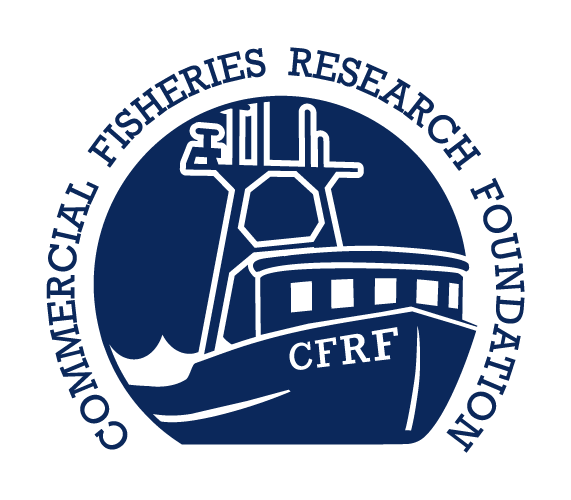Establishing Methods to Assess Sea Scallop Biological Condition in Relation to Wind Farm Development
GENERAL DESCRIPTION:
The movement towards renewable energy production in the United States has led to a surge in the development of offshore wind turbines. Many of these planned turbine areas are in close proximity to productive scallop fishing grounds. Despite the high level of understanding about scallop biology in general, many questions remain regarding the specific drivers of meat quality and reproductive condition. As part of the CFRF’s existing fisheries monitoring for the South Fork Wind Farm (SFWF) lease area, we are conducting a monthly beam trawl survey for two years prior to, one year during, and three years post-construction of the turbines. The initial work plan did not include funding to sample the biological condition of individual scallops and limited the survey area in the development zone, which did not allow adequate sample sizes of scallops to be collected to effectively evaluate baseline condition.
This project demonstrated that monitoring the biological condition of scallops could be easily incorporated into the CFRF’s existing wind farm impact surveys and highlighted concerns regarding the potential impacts of offshore wind farm development on the Atlantic sea scallop.
Project goals:
Improve the ability to monitor biological impacts on the Atlantic sea scallop during and after the development of offshore wind turbines.
Establish baseline scallop biological condition data in the South Fork Wind Farm development area.
Set a precedent to urge the wind farm companies to include this sampling as an essential piece of their monitoring surveys.
Results:
project team:
Hannah Verkamp - Project Lead
N. David Bethoney
this project was supported by:
2022 Sea Scallop Research Set-Aside NA22NMF4540054


